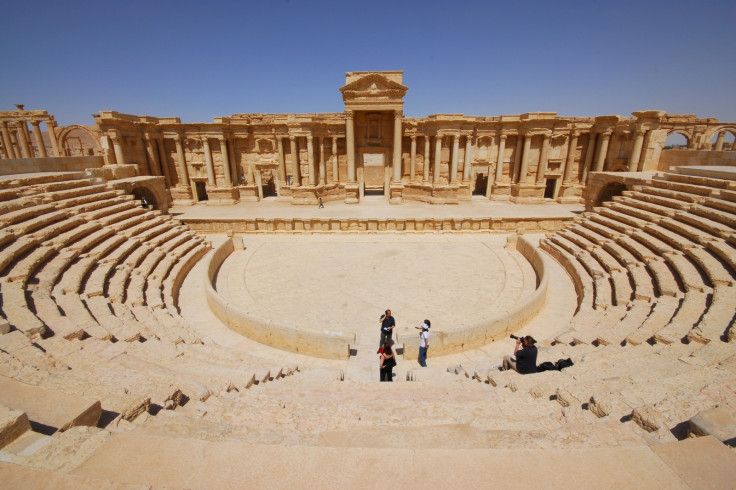Isis militants break into Palmyra museum as 'cultural atrocity' looms over 2,000 year old artifacts

Islamic State (Isis) fighters have broken into the museum of the ancient town of Palmyra, according to a Syrian official, as the threat of destruction looms.
The militants have not harmed the precious antiques which date back over 2,000 years, but there are concerns that Palmyra will meet the same fate as ancient Iraqi archaeological sites Nimrud and Hatra, which were bulldozed or blown-up by IS.
IS fighters reportedly entered the museum in the town's centre Friday afternoon, locked the doors and left behind their own guards, Maamoun Abdulkarim, the head of the antiquities and museums department in Damascus told the Associated Press on Saturday.
IS also posted pictures of its black flag raised over the ancient hilltop castle which overlooks an amphitheatre and the Temple of Bel (also spelled Ba'al), an important, cross-cultural religious site pagan site.
#Syria – #ISIS release the photos of their black flag raised in 800 years old #Palmyra Castle . pic.twitter.com/1HN6Mvfk66
— Terrormonitor.org (@Terror_Monitor) May 23, 2015
IS fighters captured the ancient central Syrian town after forces loyal to president Bashar al-Assad withdrew on Wednesday.
It was the first time that IS has taken over a city directly controlled by the Syrian army.
The capture of Palmyra by IS threatens city's rich archaeological sites, a mix of influences from the Roman Empire, Persia, India, and even China. UNESCO has designated Palmyra a World Heritage site, and its ruins represent some Syria's richest cultural patrimony, according to the NYTimes.
Speaking when the city fell, Irina Bokova, director-general of Unesco, the United Nations agency that works to protect historic places, said in a statement: "I am deeply concerned by the situation at the site of Palmyra."
She added that the network of ruins forms "one of the most significant sites in the Middle East".
There are concerns that the group will loot the sites and sell artefacts on the black market.
Palmyra City houses about 35,000 people, including displaced Syrians who escaped violence in their home towns.
© Copyright IBTimes 2025. All rights reserved.





















